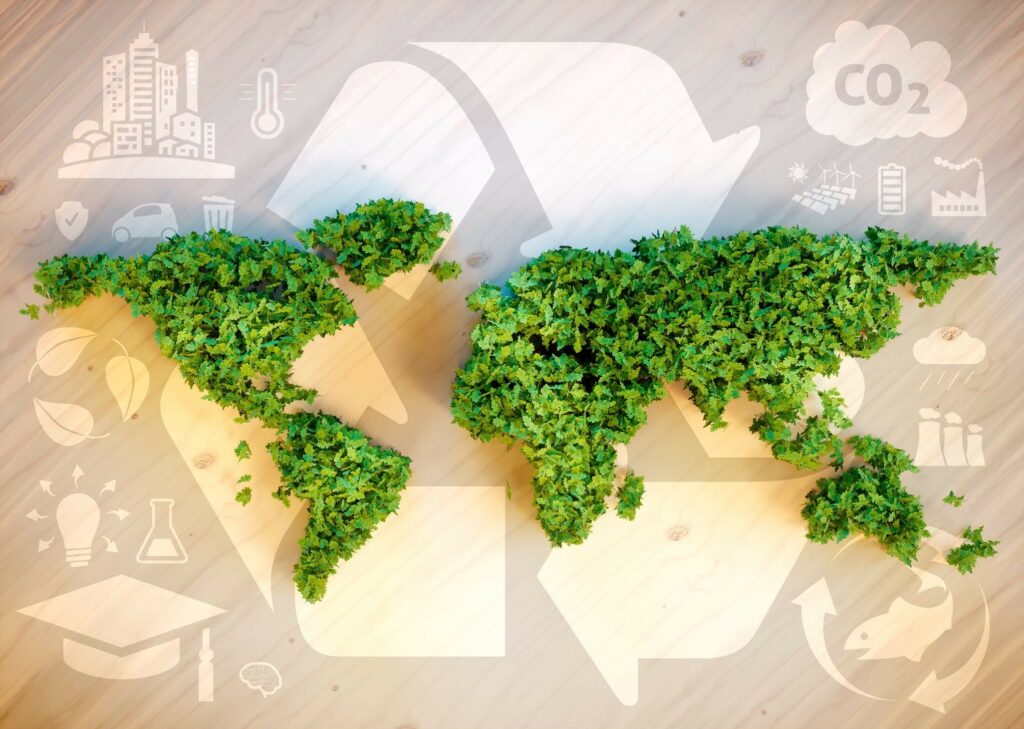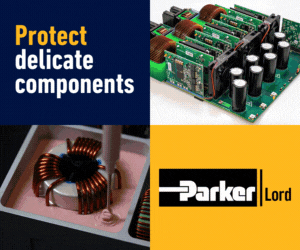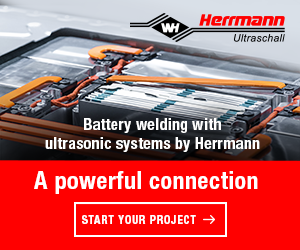Squaring the circular economy

Anyone who has been to a vehicle scrapyard will know that recovery of components and reuse of materials has long been part of the automotive industry. However, today the focus on the circular economy is sharpening and the cradle-to-grave concept of a product’s lifecycle is making way for its ‘cradle-to-cradle’ replacement. This means repair, reuse and recycling has to be considered from the earliest stages in the design of an EV and its components (writes Peter Donaldson) and it may also bring material changes to vehicle ownership.
Many people and organisations lease vehicles, but one idea discussed at the Battery Show in Stuttgart in May was the leasing of their component parts. “We want to reuse the material that we put into vehicles at the end of their lifetime,” said an executive from a supplier of EV thermal management subsystems for batteries, power electronics and cabins. “Hopefully, we won’t sell those parts but lease them to the customer. That should guarantee that the material will come back to us after dismantling of the end product so we don’t have to use new material.”
This is a simple idea that will likely be complex to achieve. That is because it demands a combination of changes to materials selection and joining approaches, near universal application of permanent and standardised marking systems, and buy in from many tiers of industry on an international or even global basis. Making parts from a single material as far as possible makes them easier to recycle, as does the use of joining processes that avoid introducing extra materials such as brazing pastes. Laser welding and ultrasonic welding are examples of such processes, while adhesives that can be removed without contaminating the pure raw material represent another option. Also, robust permanent marking technologies such as laser etching are well established, so dismantlers will be able to make greater use of automated material sorting machinery.
While changing the way products are designed to take these criteria into account will inevitably be disruptive, it can probably be incorporated as part of the process of product improvement that is a constant in the automotive industry. However the commercial and legal arrangements affecting vehicles that are owned by one entity while its constituent parts are owned by another could prove somewhat knotty to say the least, and buy in from the lowest to the highest tiers among the suppliers and from vehicle OEMs will be crucial.
That said, our executive admitted that the leasing idea is simply a means of guaranteeing that the raw material returns to the component manufacturer. “When you first look at it, it does seem very complicated, but many things, including vehicles, look complicated at the beginning. However, when you consider how many parts work together well in an e-drive or a combustion engine, it puts it into perspective,” he says. “There just has to be commitment from top to bottom to work through it.”
Design for recycling and the use of recycled materials are naturally complementary and, along with sustainably sourced alternatives to plastics based on fossil feedstocks, look set to become more important to the manufacture of EVs. Chemical companies are already figuring out how to replace some of the crude-oil- derived naptha from which key polymer backbones are made with recycled plastics from vehicle battery structures, for example. Meanwhile core battery components such as anodes, traditionally made from fossil graphite could be replaced by materials derived from lignin extracted from cellulose, a by-product of the processing of wood into cardboard, for example.
Cynics may want to dismiss such efforts as green-washing, but there is real ingenuity, enthusiasm and commitment for them in industry, or so it seems to me.
ONLINE PARTNERS


























